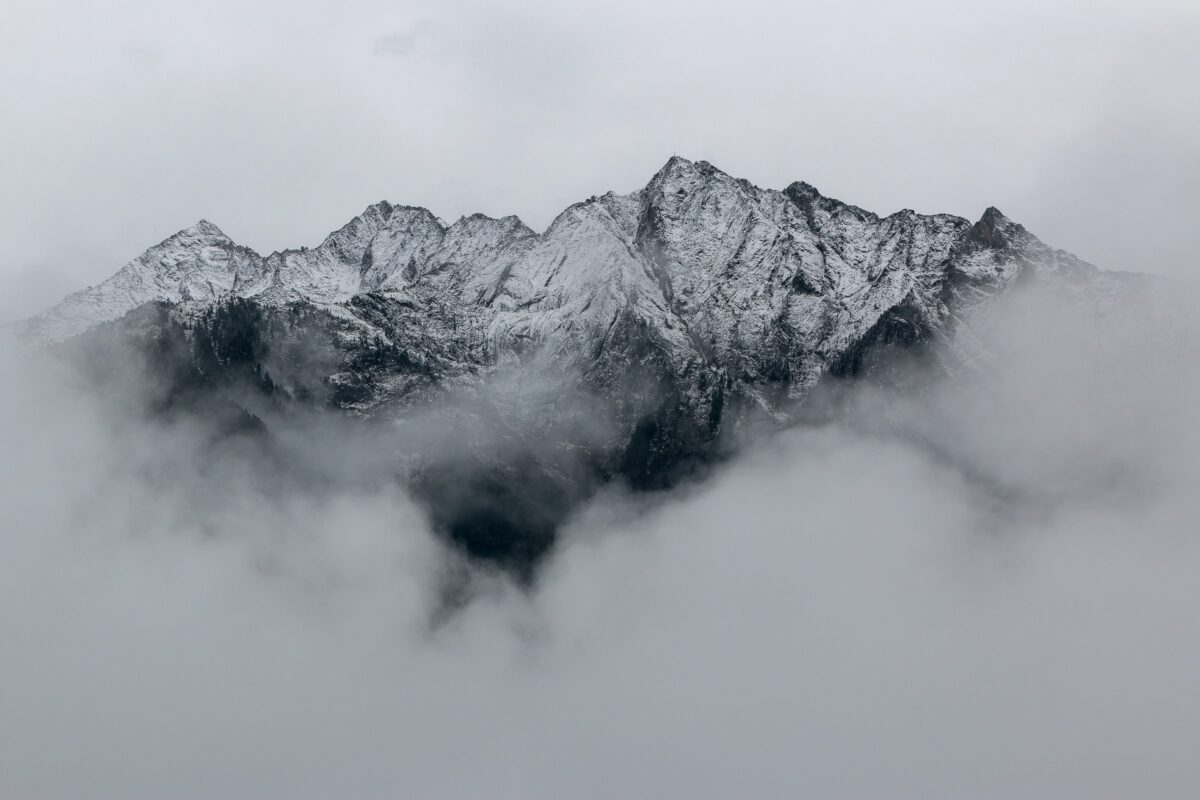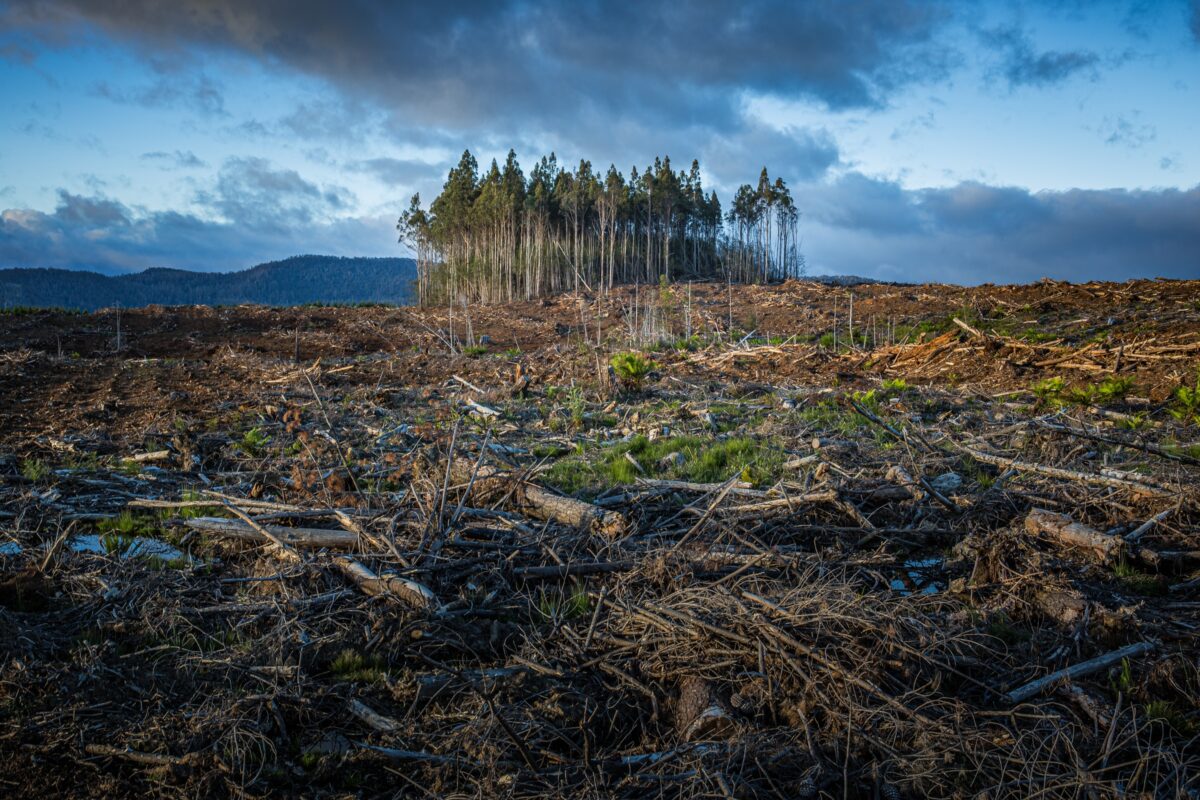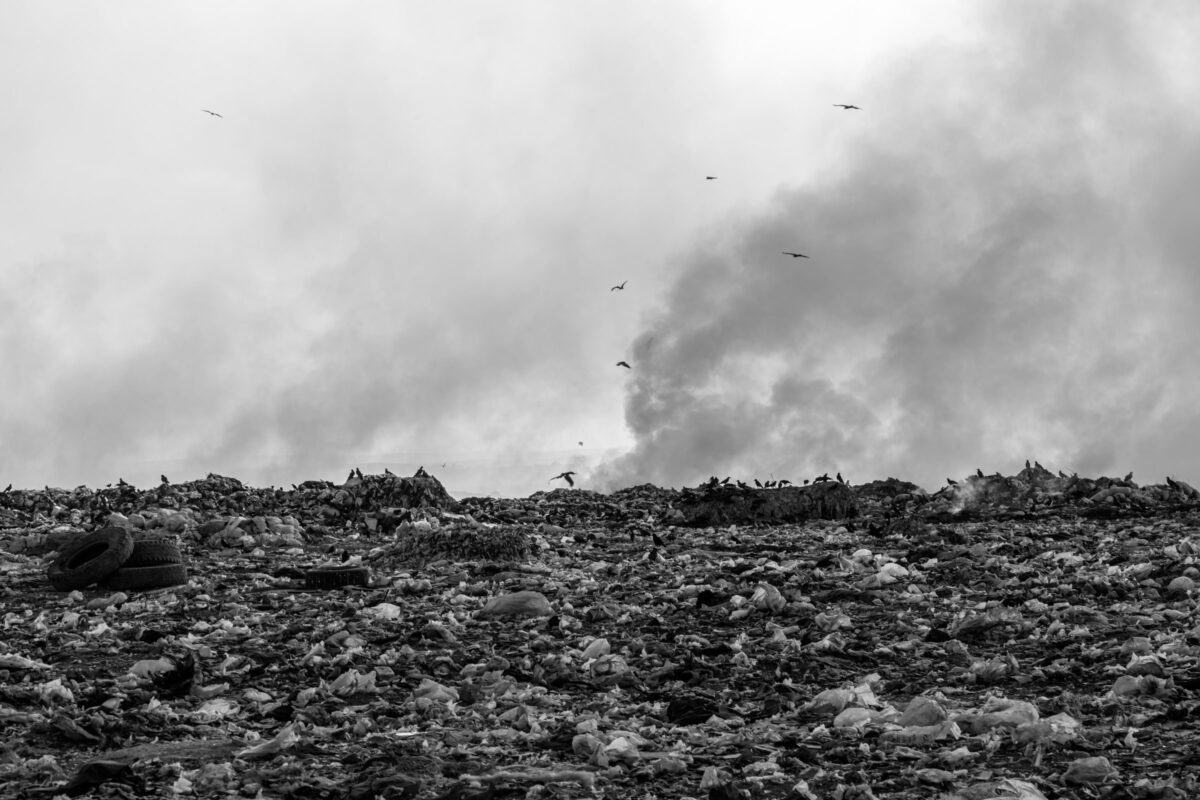An international team of experimental and theoretical physicists from Austria and Switzerland has investigated what happens when a dipolar supersolid is brought out of balance.
Anticipated fifty years prior, supersolidity is an extraordinary period of issue where superfluidity and translucent request coincide.
In this state, iotas are masterminded in a glasslike design while simultaneously carrying on like a superfluid, in which particles move without rubbing.
In 2017, two groups of physicists from MIT and ETH Zurich autonomously transformed a Bose-Einstein condensate into a supersolid.
After two years, University of Innsbruck physicists tentatively acknowledged such a state utilizing ultracold quantum gases of profoundly attractive lanthanide particles.
“Because of quantum impacts, a freezing gas of molecules can suddenly create both a glasslike request of a strong gem and molecule stream like a superfluid quantum fluid, for example a liquid ready to stream with no rubbing,” said senior writer Dr. Francesca Ferlaino, an analyst in the Institute for Quantum Optics and Quantum Information of the Austrian Academy of Sciences and the Department of Experimental Physics at the University of Innsbruck.
“Much rearranged, a dipolar supersolid can be envisioned as a chain of quantum beads which speak with one another by means of a superfluid foundation shower,” added co-creator Dr. Thierry Giamarchi, a hypothetical physicist at the University of Geneva.
In the new examination, Dr. Ferlaino, Dr. Giamarchi and their partners concentrated how a supersolid state responds if the superfluid shower between the beads is depleted by control of the outer attractive field.
“We had the option to show that without the shower the beads rapidly lose information about one another and begin to act like little autonomous quantum frameworks — they diphase,” said co-creator Dr. Maximilian Sohmen, additionally from the Institute for Quantum Optics and Quantum Information of the Austrian Academy of Sciences and the Department of Experimental Physics at the University of Innsbruck.
“The supersolid transforms into a typical strong.”
Shockingly, the researchers were additionally ready to turn around this dephasing cycle.
At the point when they recharged the foundation shower, the beads reestablished their correspondence by molecule burrowing and restored supersolidity.
“This strong, notwithstanding, is still ‘delicate,’ it can wobble and support numerous aggregate excitations, called phonons,” said first creator Dr. Philipp Ilzhöfer, from the Institute for Quantum Optics and Quantum Information of the Austrian Academy of Sciences.
“This makes this express an exceptionally fascinating yet complex subject of study with solid associations with strong state material science and different fields.”




